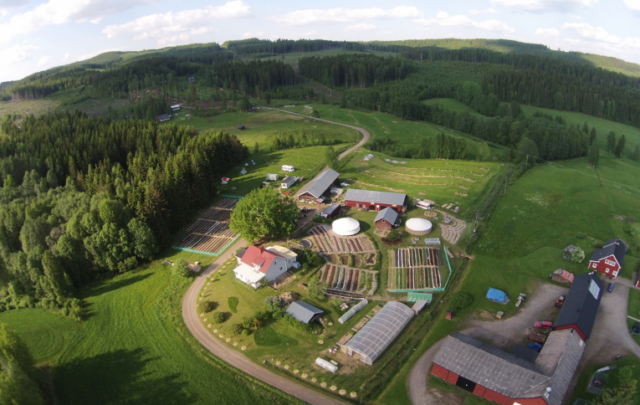Click on the headline (link) for the full text.
Many more articles are available through the Energy Bulletin homepage.
When I learned that water isn’t supposed to have a taste
Phaedra Ellis-Lamkins, Grist
Turning on your faucet shouldn’t be a high-risk venture. Cities and towns shouldn’t have to worry that the water lost in leaky pipes will mean ongoing shortages or usage restrictions. But these concerns are already cropping up in communities throughout the country — and they will only become more common as decades of neglect to our water infrastructure begin to catch up with us.
(15 October 2010)
Has the U.S. Passed the Point of Peak Water?
Peter H. Gleick, Huffington Post
… The specter of “peak oil” — a peaking and then decline in oil production — has long been predicted and debated. A recent paper in the Proceedings of the National Academy of Sciences I wrote with a colleague, Meena Palaniappan, offers three concepts of “peak water:” peak renewable water, peak nonrenewable water, and peak ecological water. And it looks like the U.S. has passed all three points.
Peak renewable water applies where flow constraints limit total water availability over time. Peak nonrenewable water is observable in groundwater systems where production rates substantially exceed natural recharge rates and where overpumping or contamination leads to a peak of production followed by a decline, similar to more traditional peak-oil curves. Peak “ecological” water is defined as the point beyond which the total costs of ecological disruptions and damages exceed the total value provided by human use of that water.
Peak Renewable Water. A significant fraction of total human use of water comes from water taken from renewable flows of rainfall, rivers, streams, and groundwater basins that are recharged over relatively short time frames. Because a particular water source may be renewable, however, does not mean that it is unlimited. Indeed, the first peak water constraint is the limit on total water that can be withdrawn from a system. The ultimate limit is the complete renewable flow.
When human demands for water from a watershed reach 100 percent of renewable supply, we can’t take any more, and we’ve reached “peak renewable” limits. Indeed, problems begin to arise long before demands reach 100 percent of renewable supplies.
… There is strong evidence that the United States may have already passed the points of peak water, including peak renewable, nonrenewable, and ecological water…
Peter H. Gleick is co-founder/President, Pacific Institute
(11 October 2010)
Expect More Floods as Global Water Cycle Speeds Up
Sandra L. Postel, National Geographic
There is nearly 20 percent more freshwater flowing into the world’s oceans than there was 10 years ago–a sign of climate change and a harbinger of more flooding.
—
A new indicator has joined the century-long rise in temperature to signal that the planet’s climate is changing: the global water cycle is speeding up. Using satellite observations, NASA and university researchers have found that rivers and melting ice sheets delivered 18 percent more water to the oceans in 2006 than in 1994.
The findings, which appear in this week’s Proceedings of the National Academy of Sciences, suggest that the volume of water running off the land toward the sea is expanding by the equivalent of roughly one Mississippi River each year.
On the face of it that might sound like a good thing–more water in rivers means more water to tap for agriculture, industry, and growing cities. But most of the increase is occurring in places where extra water isn’t needed, like the wet tropics or the remote Arctic, or is being delivered through torrential storms that overwhelm human infrastructure and coping capacities. Though no single weather episode can be pinned to climate change, the massive rains that recently flooded a fifth of Pakistan is the kind of event scientists expect to see more of–and that nations should prepare for.
(8 October 2010)
Sandra L. Postel is a National Geographic Freshwater Fellow and a Post Carbon Institute fellow. -BA
When Will Our Water Be Clean?
Sarah Laskow, The Media Consortium
Last week, rivers in Hungary ran red with toxic sludge, creating the perhaps most powerful image of water contamination possible. Imagine, for a second, if every chemical leaching into waterways in this country had such a brilliant hue. What color would our water be?
Less than crystal clear, certainly. We still don’t know, for instance, what chemicals the government and BP poured into the Gulf Coast after the Deepwater Horizon spill, as Mother Jones‘ Kate Sheppard reports. Beyond one time dumps, American industries and consumers are steadily polluting our water system. Energy companies contaminate waterways. So do massive, industrial farms. Sewer systems overflow, and landfills leach waste. Even household chemicals — pesticides applied to suburban lawns, for instance — contribute to the problem.
(16 October 2010)





